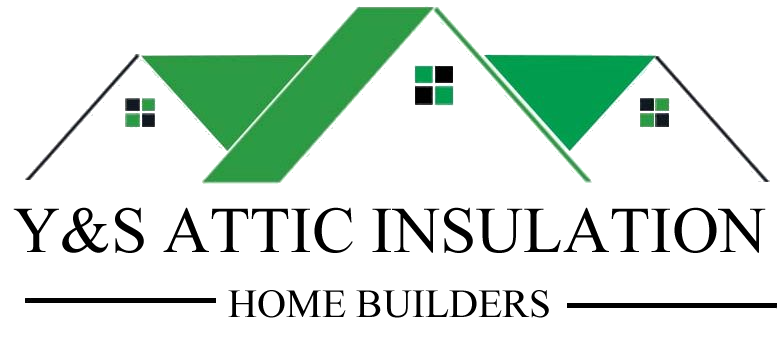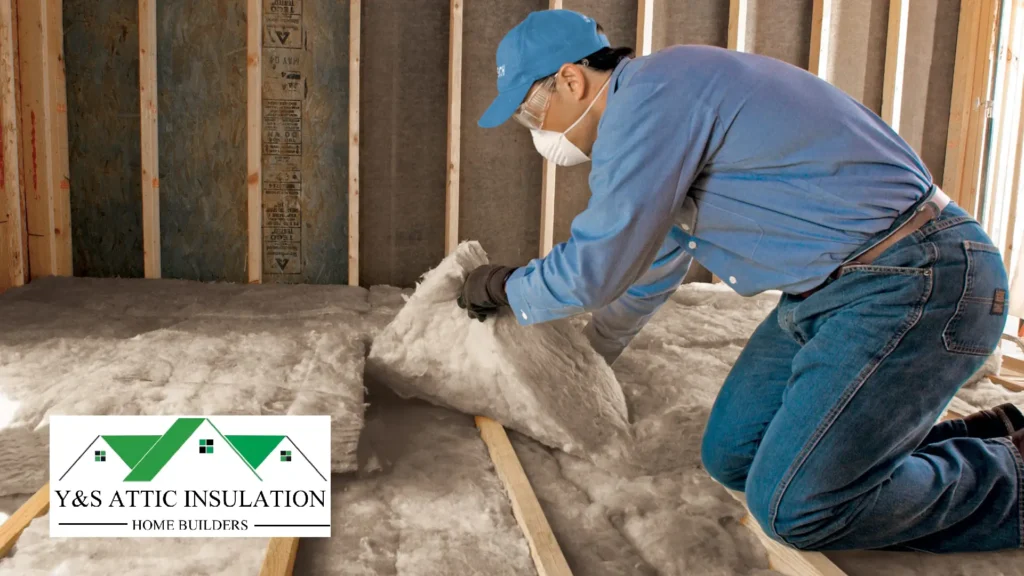Understanding Insulation Installation
When it comes to home improvement, proper insulation installation is crucial for enhancing energy efficiency and comfort. This guide delves into the basics of insulation installation, providing you with essential information to make informed decisions about your home’s insulation needs.
Types of Insulation Materials
Choosing the right type of insulation is key to effective insulation installation. Here are some popular materials:
Fiberglass Insulation
Fiberglass is a common choice for its excellent thermal performance and fire resistance. It’s available in batts, rolls, and loose-fill forms, making it versatile for different areas of your home.
Foam Board Insulation
Foam board insulation is known for its high R-value per inch of thickness. It’s ideal for areas where space is limited, such as in wall cavities and around windows.
Spray Foam Insulation
Spray foam expands on application, filling gaps and creating a tight seal. This type of insulation is effective for both thermal resistance and air sealing, making it a popular choice for comprehensive insulation installation projects.
Steps to Successful Insulation Installation
Proper insulation installation involves several key steps:
1. Assess Your Needs
Evaluate your home’s insulation requirements by checking existing insulation levels and identifying areas that need improvement.
2. Choose the Right Insulation
Select the most suitable insulation material based on your needs, budget, and the specific areas to be insulated.
3. Prepare the Installation Area
Ensure that the installation area is clean and dry. Remove any old insulation that is damaged or ineffective.
4. Install the Insulation
Follow manufacturer guidelines for installation. Properly fit the insulation into place, ensuring there are no gaps or compression.
5. Seal and Finish
Seal any joints or seams with appropriate materials. Complete the installation by finishing with drywall or other coverings as required.
Common Insulation Installation Mistakes to Avoid
To ensure optimal performance from your insulation installation, avoid these common mistakes:
Ignoring Air Gaps: Ensure all gaps and cracks are sealed to prevent energy loss.
Over compressing Insulation: Compressing insulation can reduce its effectiveness. Install it as per manufacturer specifications.
Inadequate Ventilation: Proper ventilation is essential to prevent moisture buildup and mold growth.
In conclusion, by avoiding these pitfalls, you can achieve a more effective and durable insulation installation.
Learn more about Insulation installation:
Insulation Installation Myths Debunked: What You Really Need to Know

